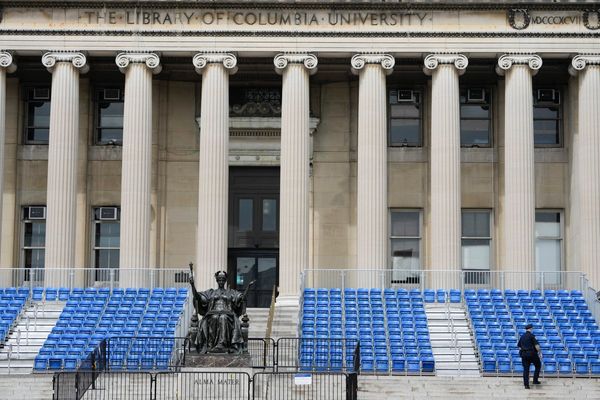
More than 600 people have been forcibly deported from Libya on a “dangerous and traumatising” journey across the Sahara, in what is thought to be one of the largest expulsions from the north African country to date.
The International Organisation for Migration (IOM) confirmed 613 people, all Nigerien nationals, arrived in the desert town of Dirkou in Niger last weekend in a convoy of trucks. They were among a large number of migrant workers rounded up by the authorities in Libya over the past month.
“This is something new. There was one expulsion of 400 people last July, but this convoy is the largest number to date,” said Azizou Chehou, of the migrant distress response charity Alarm Phone Sahara.
The expulsions come as EU countries have been accused of ignoring the widespread and systematic human rights violations and abuses against migrants in Libya as they seek to reduce the number of people arriving in Europe, with Italy signing deals with Tunisia and Libya to reduce Mediterranean crossings. According to the Italian interior ministry, 66,317 people reached Italy in 2024, less than half the number in 2023.
David Yambio, spokesperson for the nonprofit organisation Refugees in Libya, said: “This is Europe’s border policy laid bare, outsourcing mass expulsion and death to Libya, where the desert becomes a graveyard.
“Leaders like [Viktor] Orbán, [Giorgia] Meloni, or Trump applaud such efficient cruelty. It’s no accident; it’s the design. The EU pays to erase migrants, to make suffering invisible, and to wash its hands while others do its dirty work.”
Chehou said the journey across the Sahara region between Libya and Niger was “dangerous and traumatising”. “Winter in the desert is very cold and with migrants packed like sardines, fights to find the most comfortable spots can break out and people can fall out of the truck breaking limbs. People will arrive [in Agadez] in a very sorry state.”
Jalel Harchaoui, associate fellow at the Royal United Services Institute and a specialist on Libya, said the periodic roundup and expulsion of foreign workers was, “something of a tradition in southern Libya since even during the time of Gadafi”, but that this incident was notable and different because of the large number of people expelled in one go.
“There has been no official announcement nor clear policy – this is simply local authorities rounding people up. However, in the rhetoric of the Haftar coalition [the Libyan National Army led by Field Marshal Khalifa Haftar], which largely controls Sabha [a city in southern Libya where they were deported from], there is often a tendency to demonise foreigners, particularly those from sub-Saharan Africa.”
Libya has long been a destination for those seeking work, with people from Niger, Mali and Chad migrating into southern Libya to work in sectors such as agriculture, construction and retail. Others migrate to the country to earn money to travel to the coast and join a smuggler’s boat to Europe.
A spokesperson for the UN refugee agency, UNHCR, said it believed more groups of migrants were coming from Libya and that it was “ready to support IOM, particularly in identifying and supporting individuals who may be in need of international protection”.







